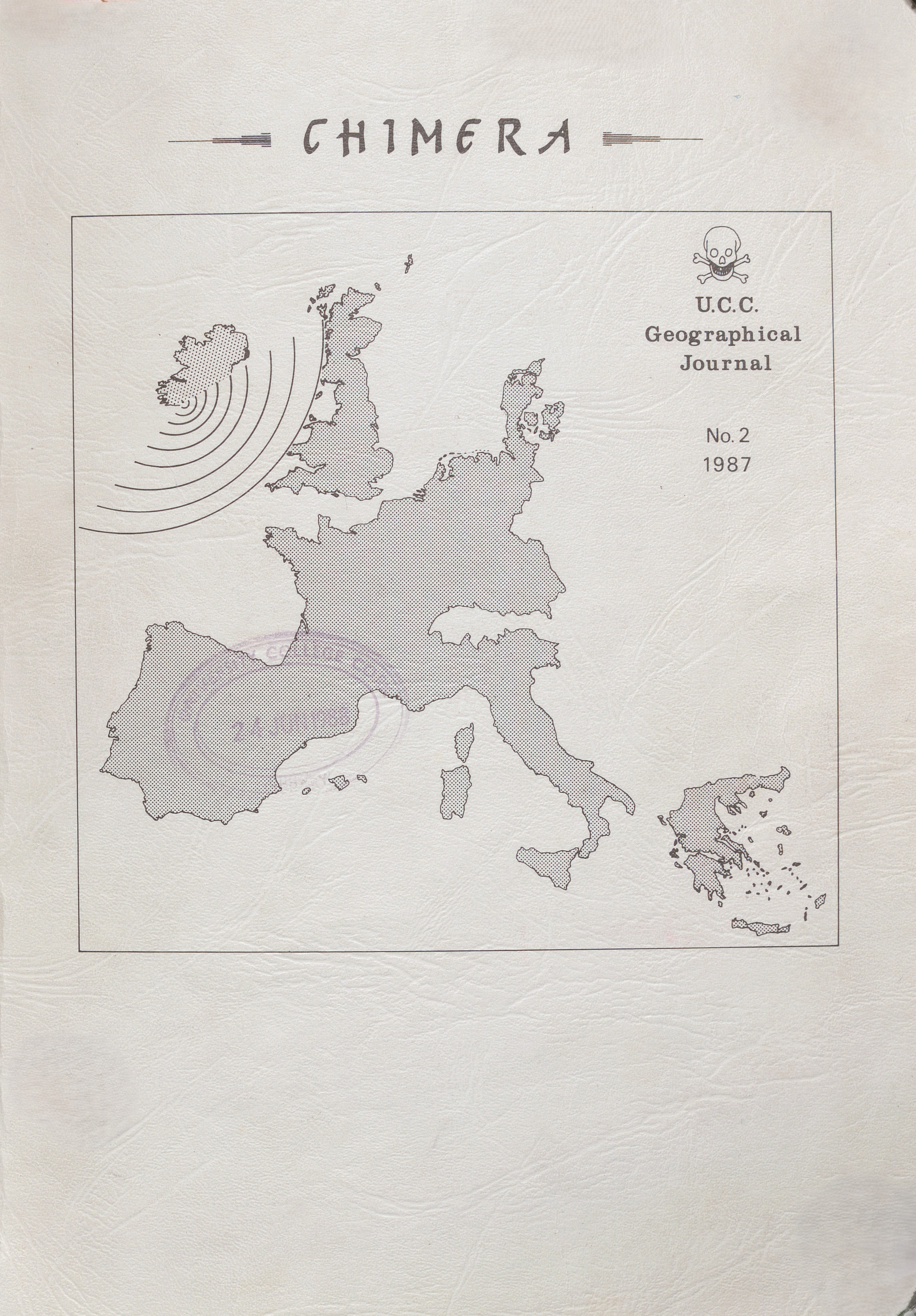The Geography of Aid
DOI:
https://doi.org/10.33178/Keywords:
imperialism, aid, developmentAbstract
The role of imperialism, as discussed in the previous paper, in determining contemporary patterns of development and underdevelopment, cannot be overemphasised. The primary motivation was economic, as industrialising Europe needed, firstly, supplies of raw materials, and secondly, markets for it's products. Raw materials were exploited in the colonies, processed in Europe, and often returned to the colonies as finished products at a profit. Strategic reasons, religious fervour, idealism, and racism were all secondary considerations but the primary aim and ultimate consequence was the creation of integrated world economy, dominated and controlled by the European nation states. Since the Second World War former colonies have progressively gained political independence, however tenuous, and the blatant domination of the colonial era has been replaced by more subtle but no less effective form of dependency.
References
Chodak, S. (1974) Comparative Modernisation. New York: Oxford University Press.
Ellul, Jaques (1965) The Technological Society. London: Cape.
Goulding, K. E. and Landsber H. A. ‘Conflict Defense’ Industrial Relations. Vol. 7 No. 1 1967.
Haggett, Peter (1982) Geography: A Modern Synthesis. London: Harper & Row.
Hensman, C. R. (1971) Rich Against Poor: The Reality of Aid. Cambridge Mass. : Schenkman.
Johnson, R. J. (1982) The Geography of The State. London: Methuen.
Rostow, W. W. (1982) The Stages of Economic Growth: A non-communist Manifesto. London: Cambridge University Press.
Wallerstein, I (1974) The Modern World System: Capitalist Agriculture and the Origin of the European World Economy in the Sixteenth Century. New York: Academic Press.
Weiner, Myron (1973) Rethinking Modernisation. London: Methuen.



